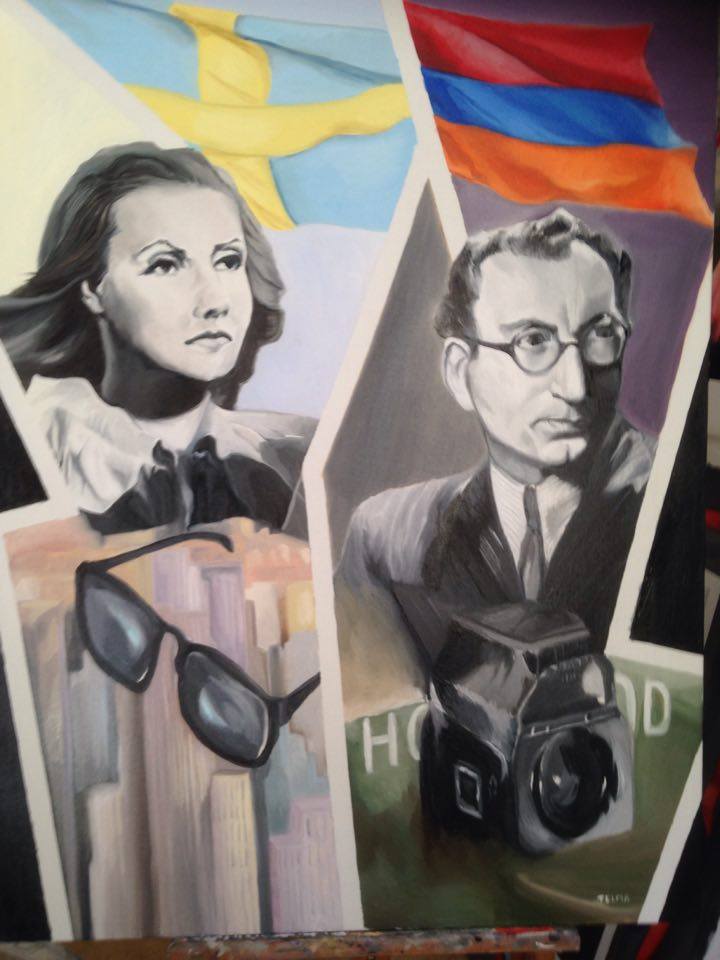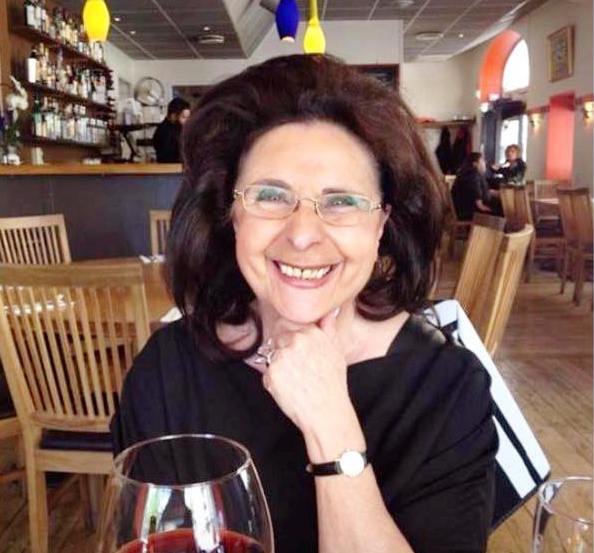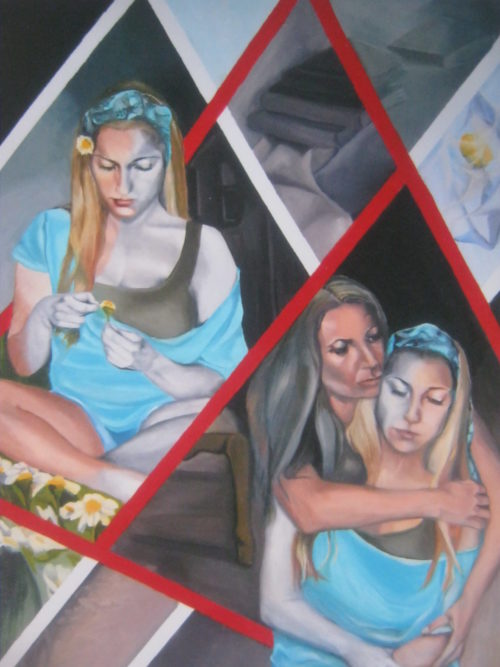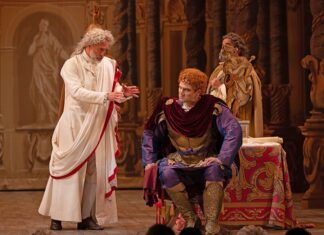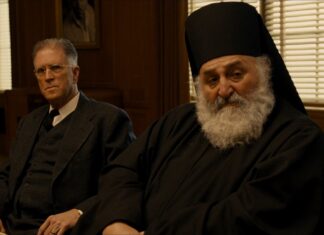By Artsvi Bakhchinyan
Special to the Mirror-Spectator
YEREVAN/STOCKHOLM — I first met the artist Thelma Emen in 1997, during the months I lived in Sweden, and then twice in Istanbul and Stockholm.
She was born in 1945 in Istanbul. There were remarkable people in her family: her grandfather’s uncle, Archimandrite Serabion Eminian (1823-1854), was a member of the Mekhitarist Congregation in Vienna, who published the French-Armenian-Turkish Trilingual Dictionary in 1853. Thelma’s father, Leon André Emen, a native of Constantinople, received his education as an architect and lawyer, but worked all his life in a medical lab. Her paternal grandmother, Araksi Kuchukian-Eminian, was a high fashion designer, while her mother, Sona Emen (née Puskulian), originally from Trabzon, was a cosmetologist, who played piano professionally, being a student of Istanbul’s prominent Armenian pianist Stepan Papelian.
Thelma Emen received her secondary education at the Pangaltı Mkhitaryan School and the Austrian Lyceum in Istanbul. From 1970 to 1973 she studied at the School of Fine Arts in Istanbul. She has lived in Sweden since 1973. For many years, she worked as a teacher in two schools, and at the same time she taught in the evening classes of the adult school. She has regularly participated in exhibitions of Swedish artists, and has had solo exhibitions in Stockholm, Istanbul, Paris and Florida (US). Her works are in the private collections of Sweden, Armenia, France, Switzerland, Austria, Norway, the Netherlands, US, Canada, Egypt, Turkey, Kuwait.
“Thelma’s art is a game of flame, a game of imagination, color and motive. She presents her paintings as poetic surrealism. Thelma’s main motives are humanity, its life and destiny. Her paintings evoke a sense of freedom and irony in the world around him,” Svenska Dagbladet, one of Sweden’s leading newspapers, wrote in 1984.
